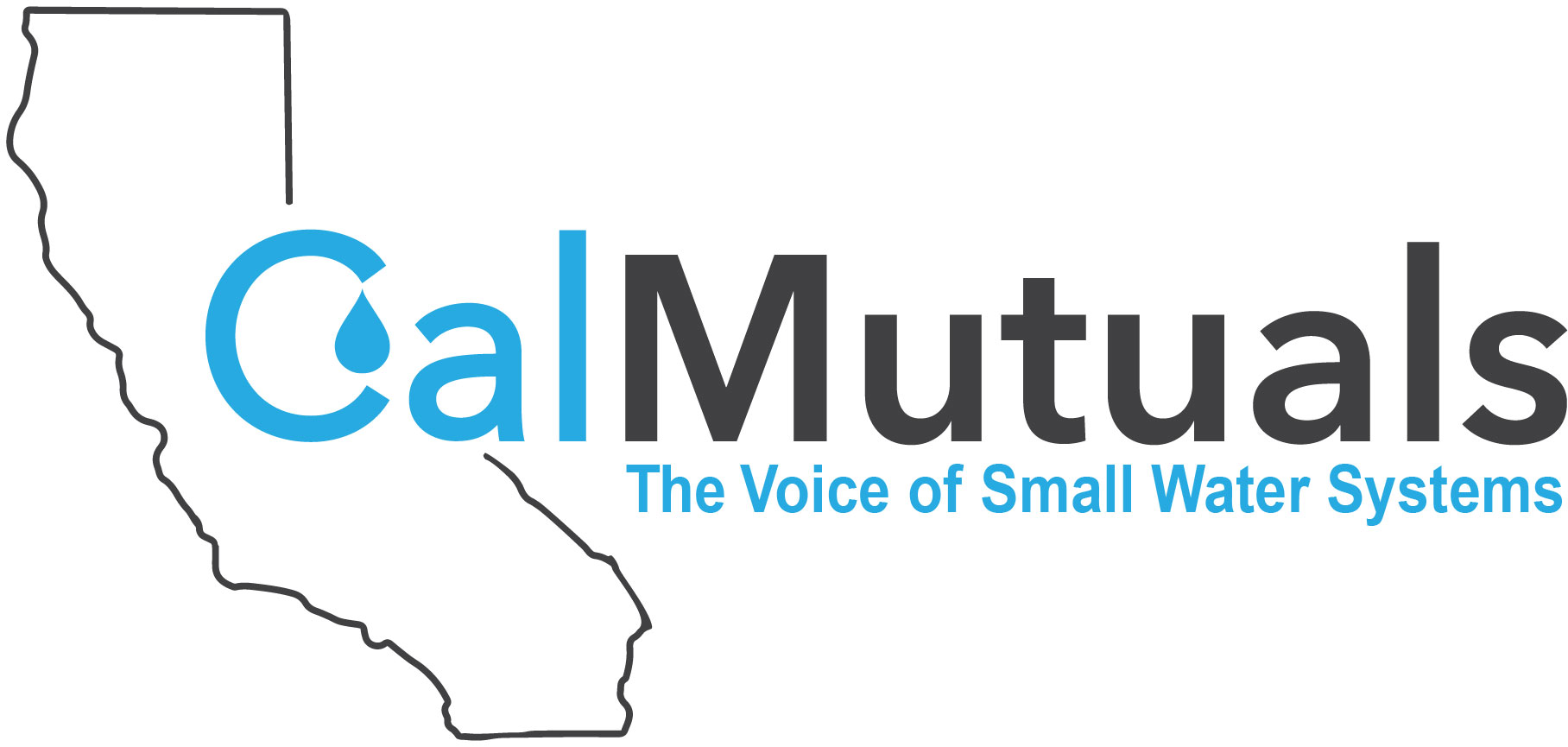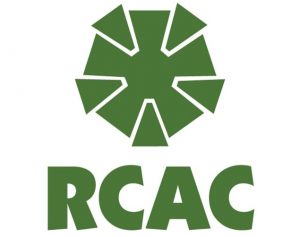Webinar | Groundwater Treatment Techniques Part 2/2
Webinar OnlyThis course Groundwater Treatment Techniques Workshop is now offered as an online two-part series, and is recommended to take both parts on the same day. Part 1 will take place from 10:00am to 12:00pm and Part 2 will take place from 2:00pm to 4:00pm. Please follow the link below to register. Please click here if you would like to register for part 1. There are multiple techniques used by public water systems to provide safe, aesthetically pleasing water to their customers. These techniques have been established by state law, federal law and the industry. This workshop will cover these techniques as well as provide resources for the water treatment operator. Participants will learn: Water quality parameters Water sources Water treatment techniques Water treatment regulations For questions on registration contact registration@rcac.org or Training Dept. at 916-447-9832 x 1429


